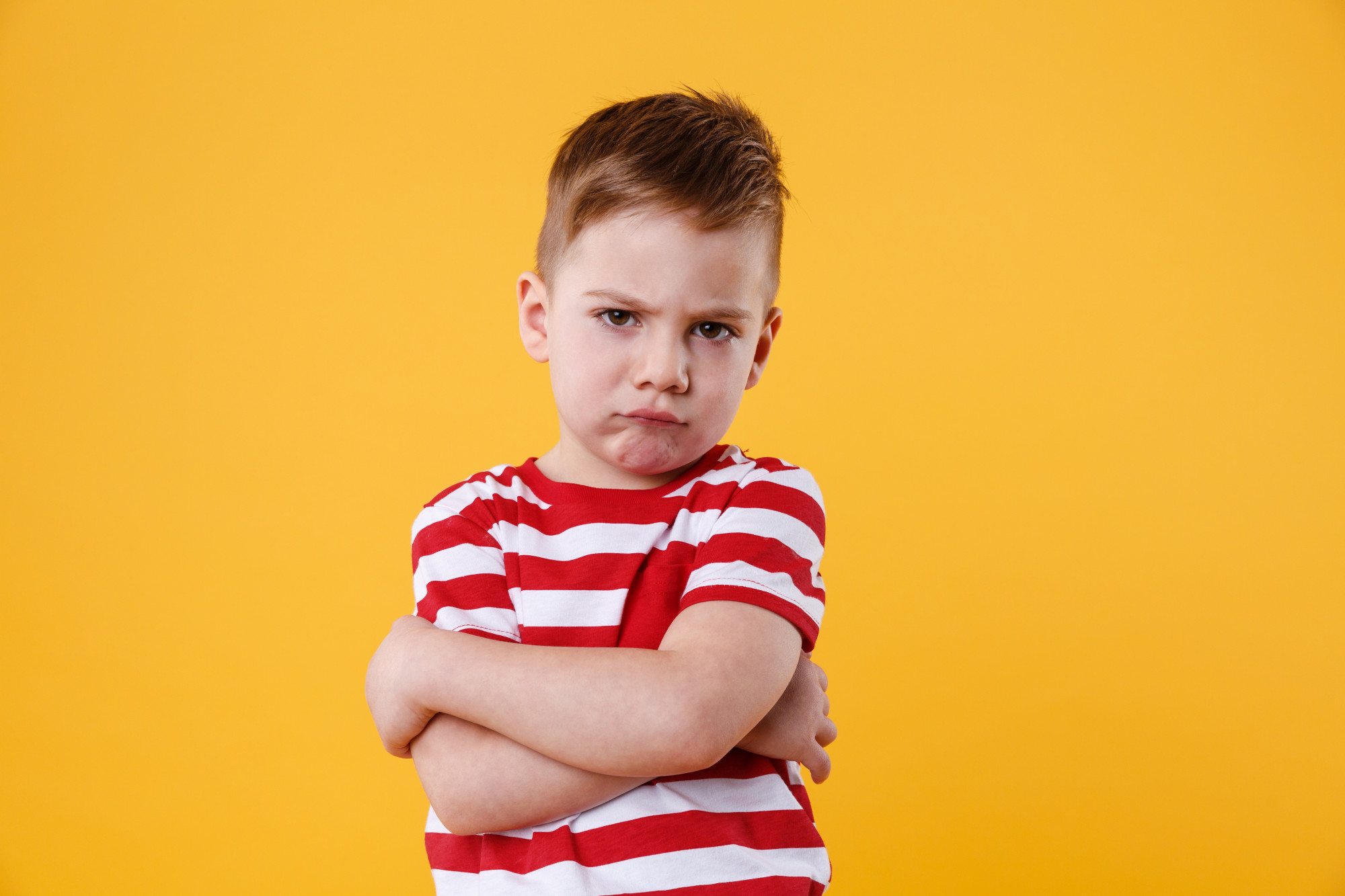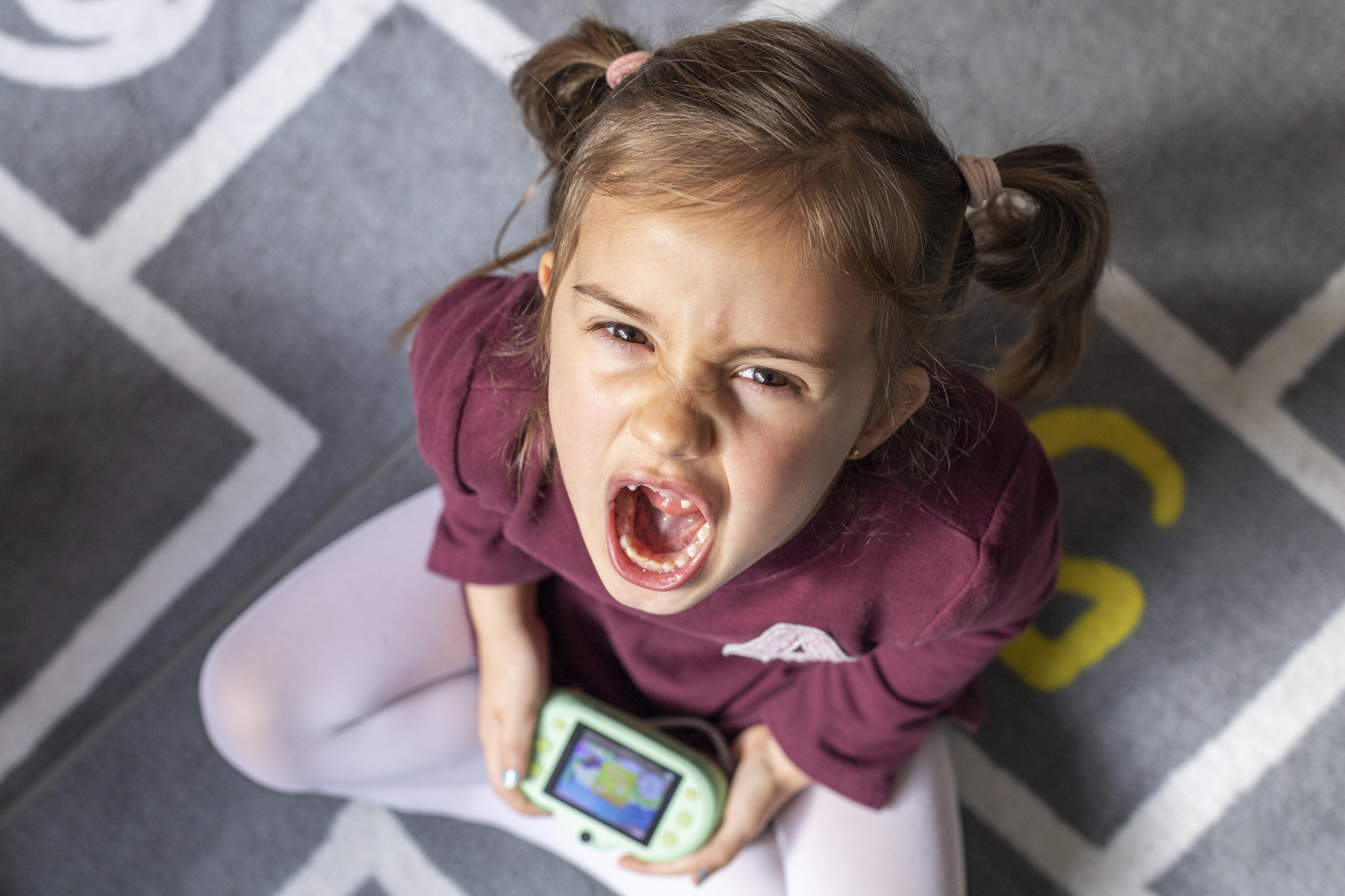
Two-year-old rebellion is a term well-known to most parents. During this period, a child is trying to discover their independence and begins to assert themselves. This is the moment when they can transform from a charming toddler into a little rebel who challenges almost every parental decision. How can you recognize this stage, how long can it last, and—most importantly—how to react to maintain calm while also helping your child navigate all the emotional storms? We've got some tips!
What is a two-year-old rebellion?
Two-year-old rebellion is a natural phase of child development, when a toddler discovers they can have their own opinions and their actions can influence those around them . It's also a time when the intensity of a child's emotions exceeds their cognitive abilities—they simply don't know how to control them. This is why two-year-olds often react violently, bursting into tears, anger, or even tantrums when something doesn't go their way.
This isn't a matter of "maliciousness" or "manipulative behavior," as some might think. This is a stage in which a child learns independence, and their violent reactions stem from frustration caused by limitations they don't yet understand. A child wants to be independent, but they don't always know how to do so while adhering to the established rules.

Two-Year-Old Rebellion – Symptoms You'll Recognize Immediately
Two-year-old rebellion has its characteristic symptoms, which most often appear around the age of two. Changes in behavior can be sudden and intense. The most common signs include:
- frequent tantrums – whether it’s over an incorrectly folded sandwich or ill-fitting socks, outbursts of anger can seem random and unpredictable;
- refusing to cooperate – even simple everyday activities, such as putting on shoes or eating dinner, can become a battlefield between you and your child;
- crying outbursts – a two-year-old easily becomes hysterical when his needs or expectations are not met immediately;
- constantly saying "no" – this is a two-year-old's favorite word at this stage. Regardless of the question, the answer will usually be a firm "no."
How long does a two-year-old's rebellion last?
Every child develops at their own pace. Typically, the rebellious phase begins between 18 and 24 months of age and can last until around age 3, or even longer in extreme cases . The length of this phase depends largely on the child's temperament and how parents respond to their outbursts.

How to respond to a two-year-old's rebellion?
Instead of fighting with your child, it's worth focusing on how to get through this difficult time together. We have some practical tips that can make everyday life easier for you.
- Stay calm – children this age often react emotionally because they can't control their own feelings. Your anger or frustration will only make the situation worse. A parent's calmness helps the child calm down more quickly.
- Show empathy – children often act rebellious because they don't know how to express their emotions in any other way. Try to understand what triggered their reaction.
- Set boundaries – Two-year-olds need boundaries to help them feel safe. They need to know what they can and can't do. It's important that these boundaries are clear and consistent.
- Give choices – children need to feel in control. Instead of imposing solutions, offer two options (e.g., "Do you want to put on your coat or your shoes first?"). This will reduce frustration and give your child a greater sense of independence.
- Allow your child to express anger – not every outburst requires immediate intervention. Remember to talk to your child about their behavior rather than criticize them.
Two-year-old rebellion – how to cope?
It's important to approach the topic with patience and understanding. Dealing with a two-year-old every day can be exhausting, but it's good to remember that this phase will pass. How can you cope?
- Establish a routine – children thrive in predictable environments. A consistent daily schedule gives them a sense of security and reduces emotional chaos.
- Make time for activity – two-year-olds have a lot of energy they need to burn off. Regular physical activity, outdoor play, and creative activities help them burn off steam.
- Be flexible – every child is different, so there's no single solution to this difficult period. Sometimes you need to adapt your parenting methods to the child's situation and temperament.
Two-year-old rebellion is a stage that many parents describe as the most challenging time in a child's life. However, it's important to emphasize that a toddler's desire to explore the world on their own terms and test boundaries doesn't mean they don't need closeness and support from their parents (though you might feel otherwise). Remember that what seems chaotic now is crucial for your child's future independence.
Looking for inspiration and practical tips? Be sure to check out our post on how to boost your child's immunity this spring .


Podziel się:
How to Make a Bookmark? A Simple Guide and Examples
Easter Bunny Garland - A Simple Easter Project for Kids